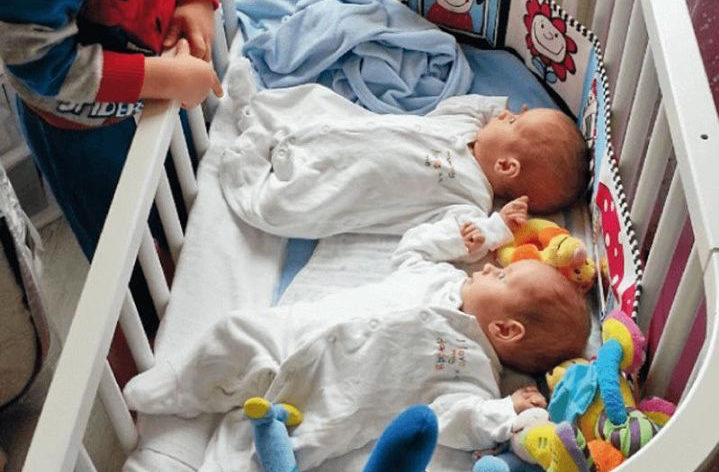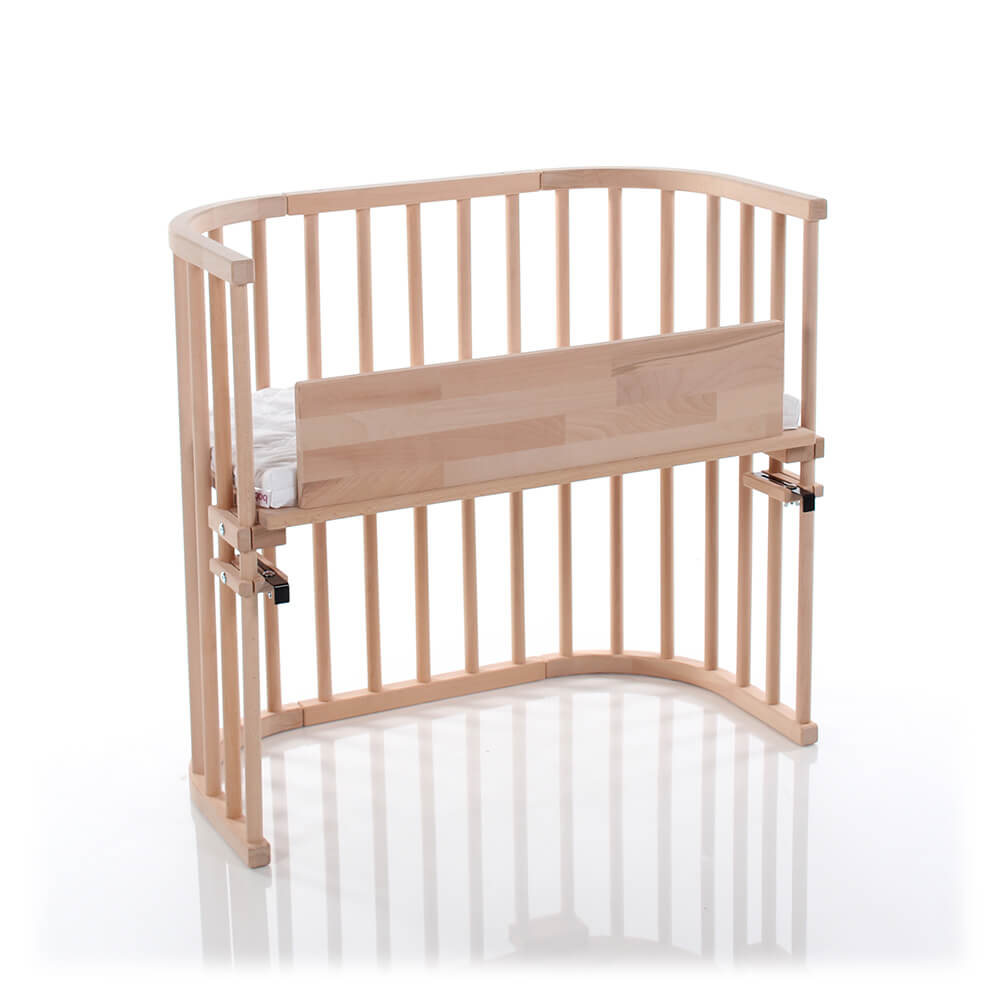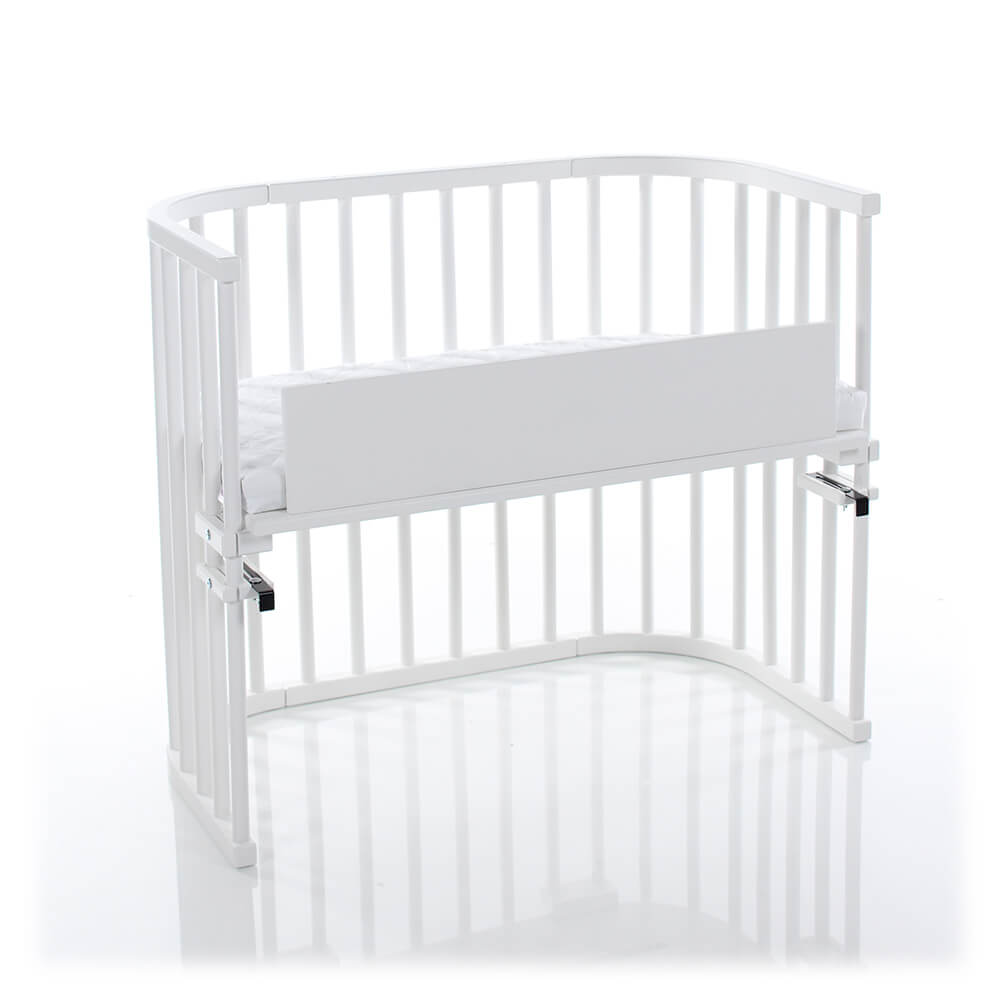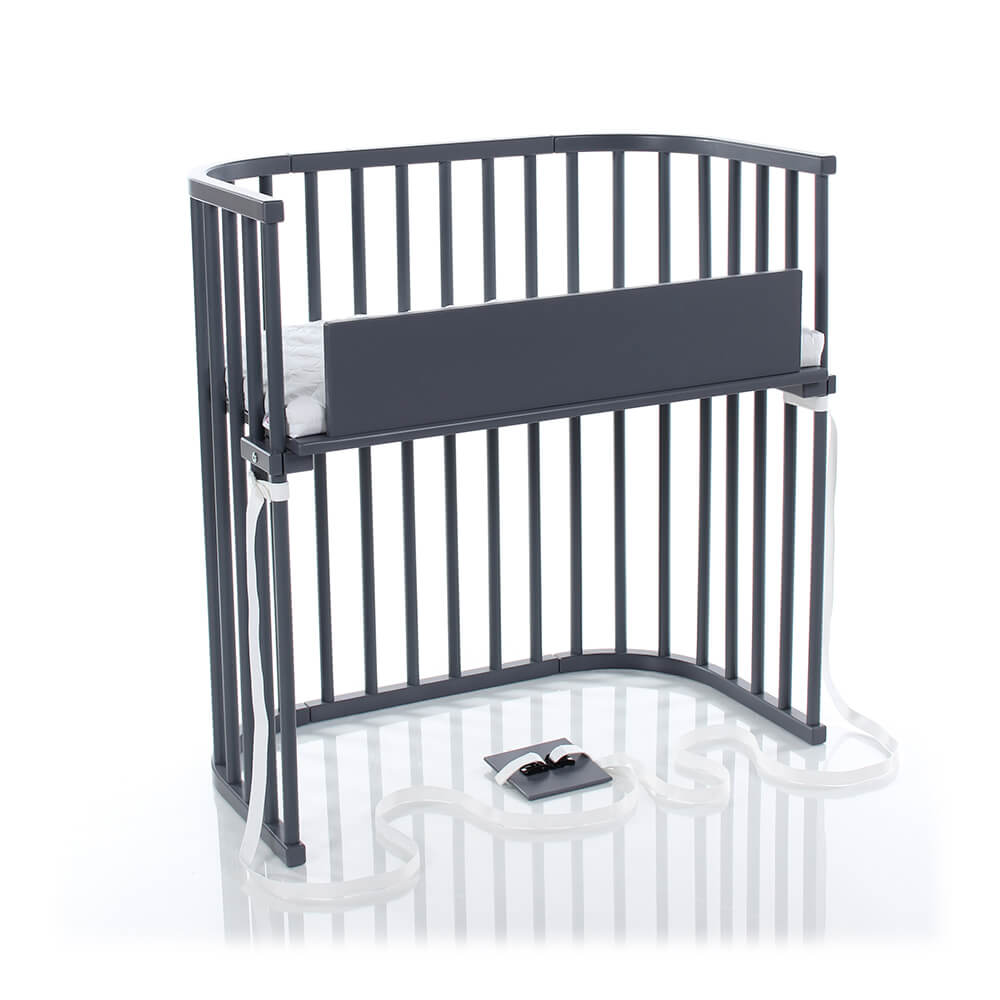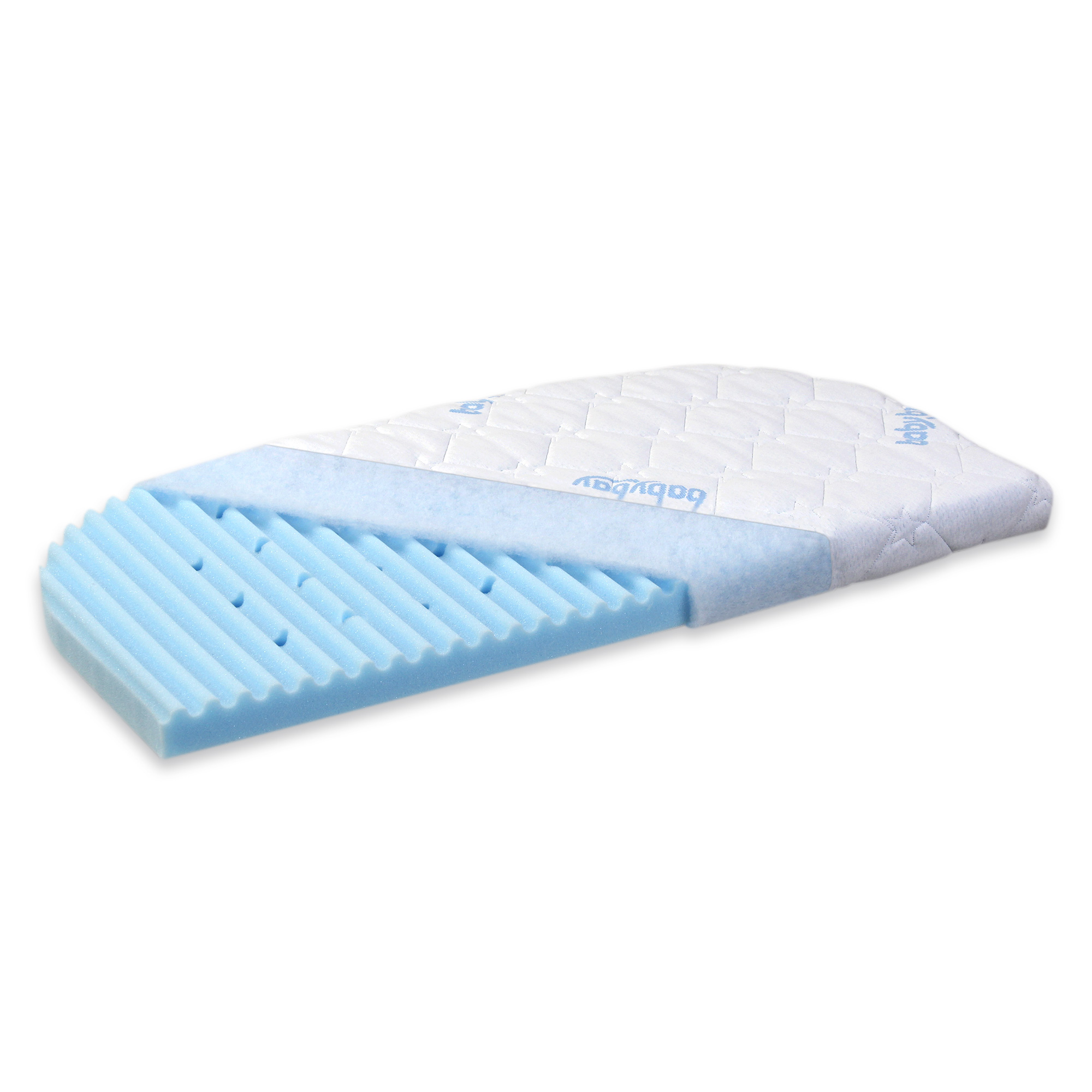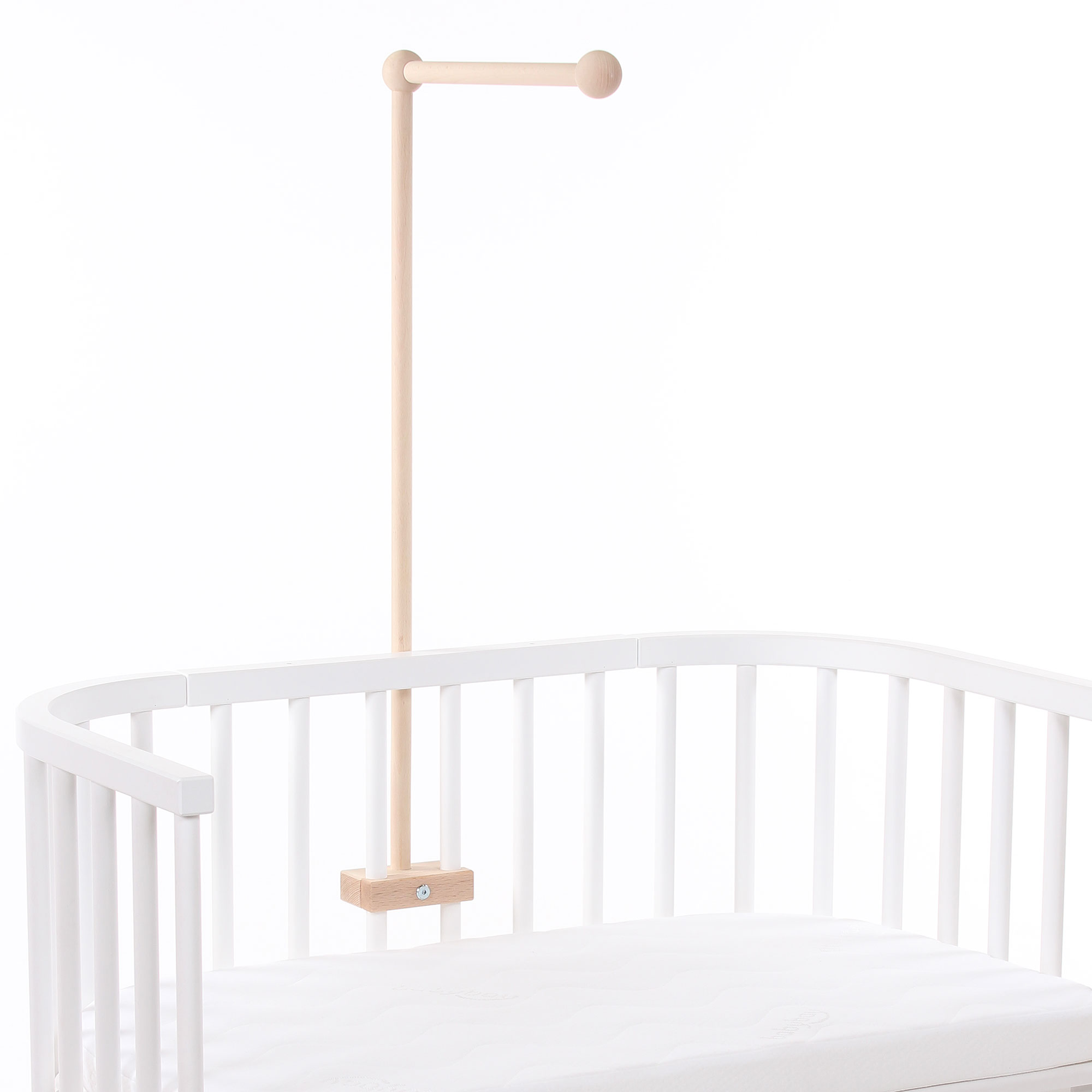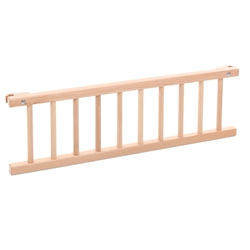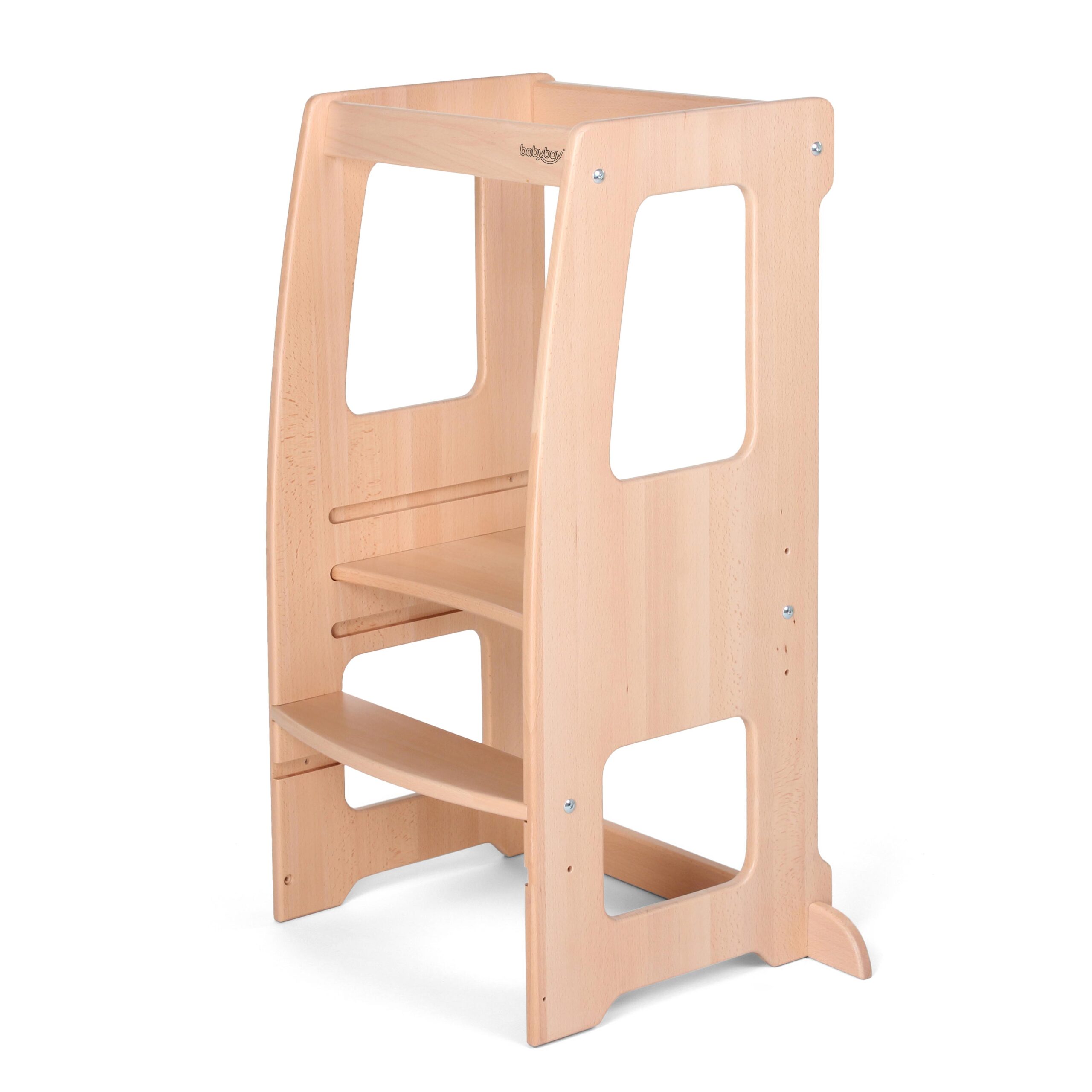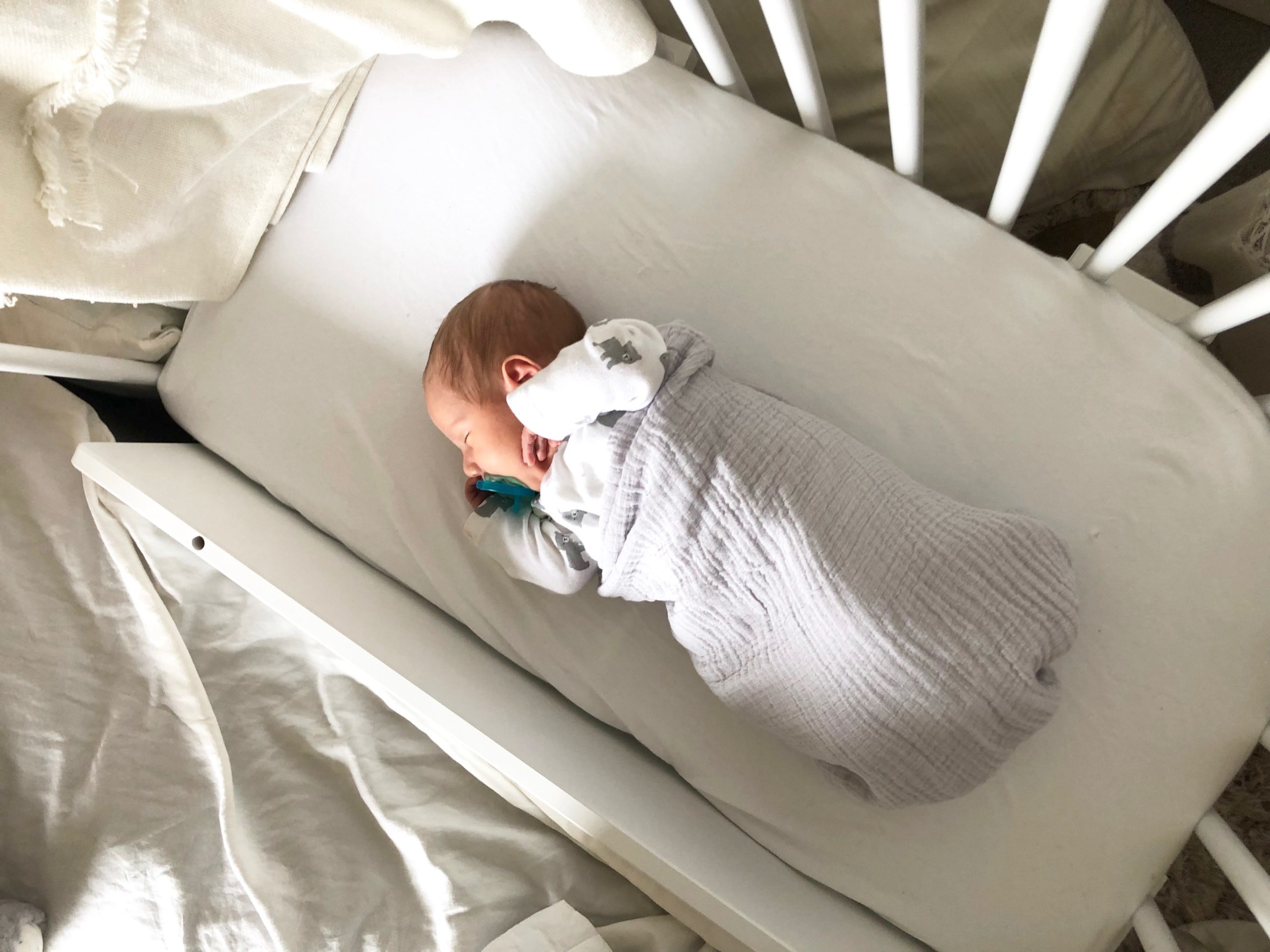
What Is Co-Sleeping and How Do I Know if It’s Right for My Baby?
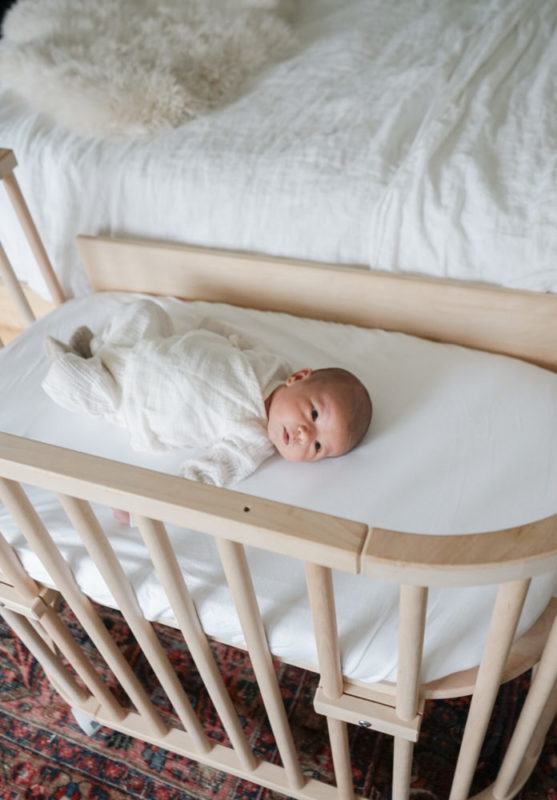
What Age is Co-Sleeping Safe for Your Baby?
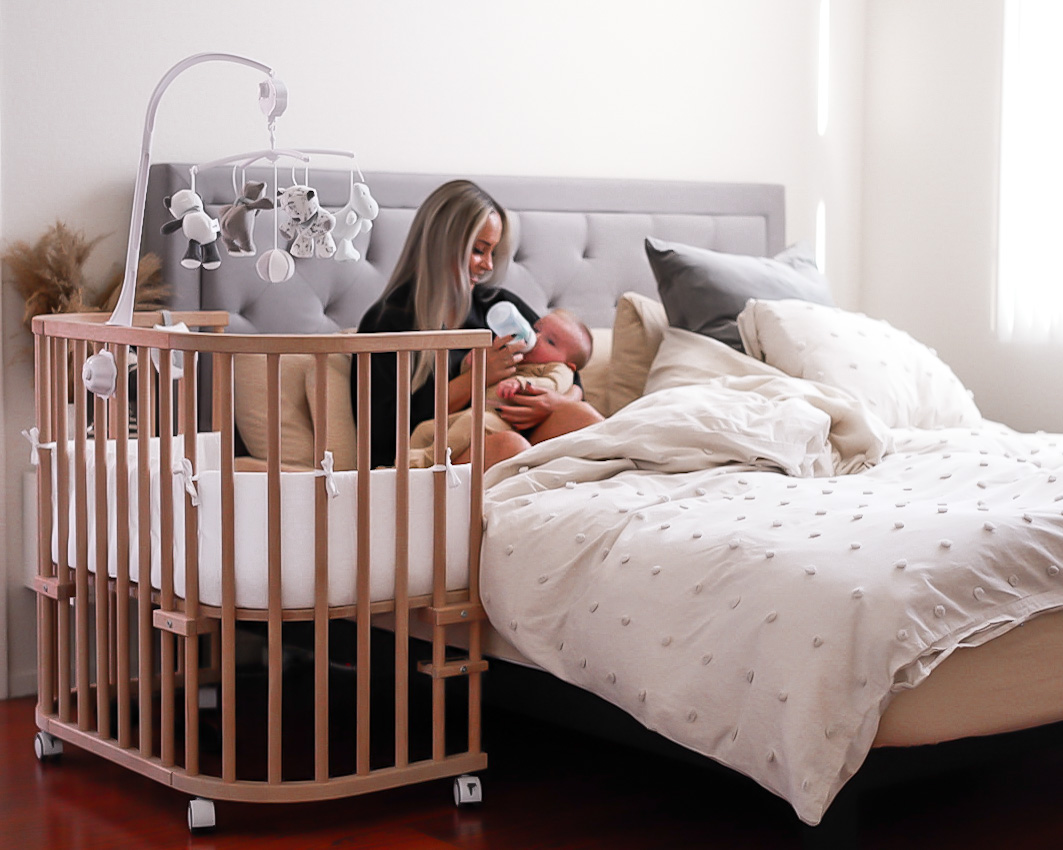
How to Co-Sleep With Your Newborn Baby (As Safely as Possible)
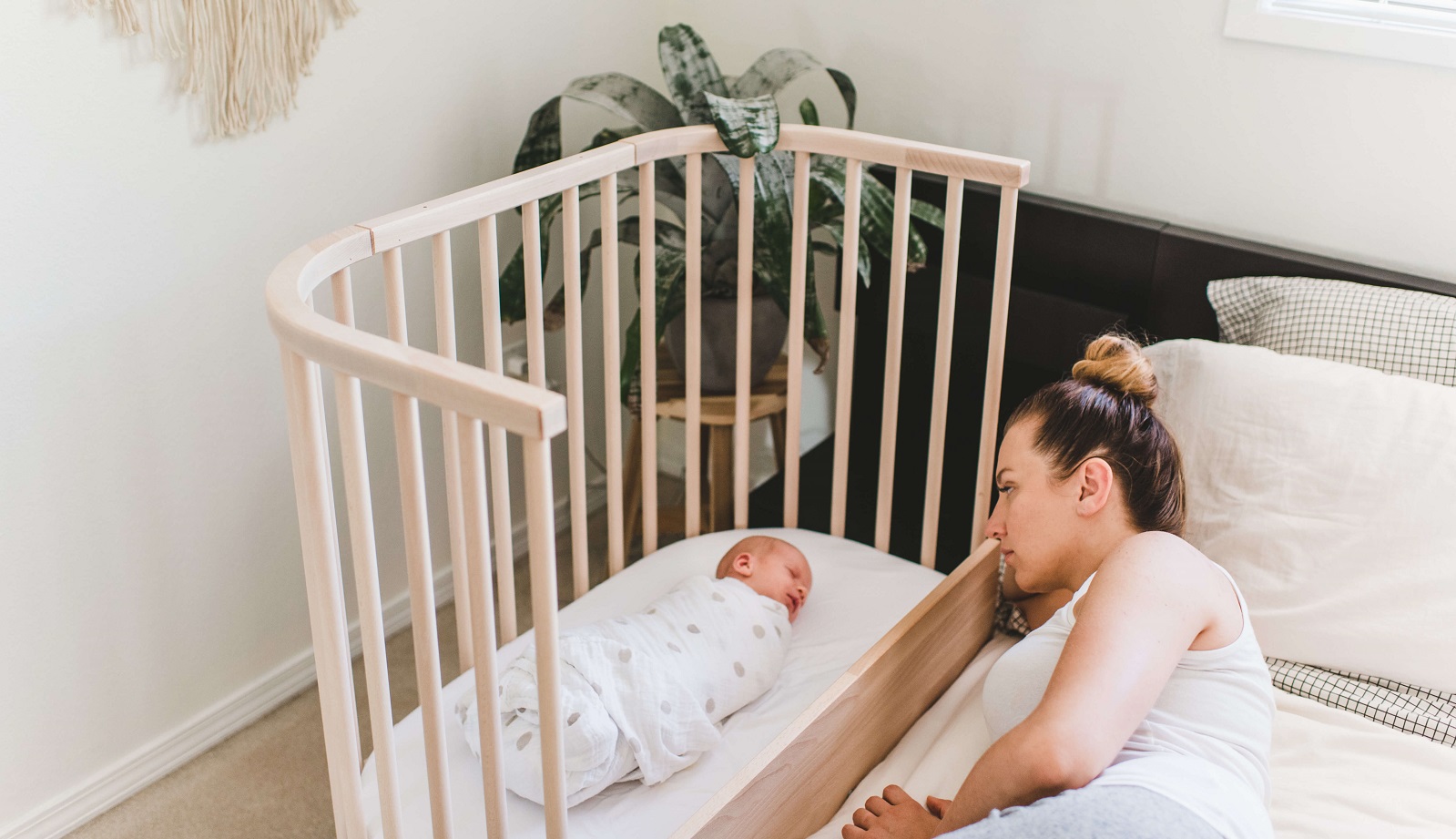
Is Co-Sleeping Bad? Let’s Talk About It
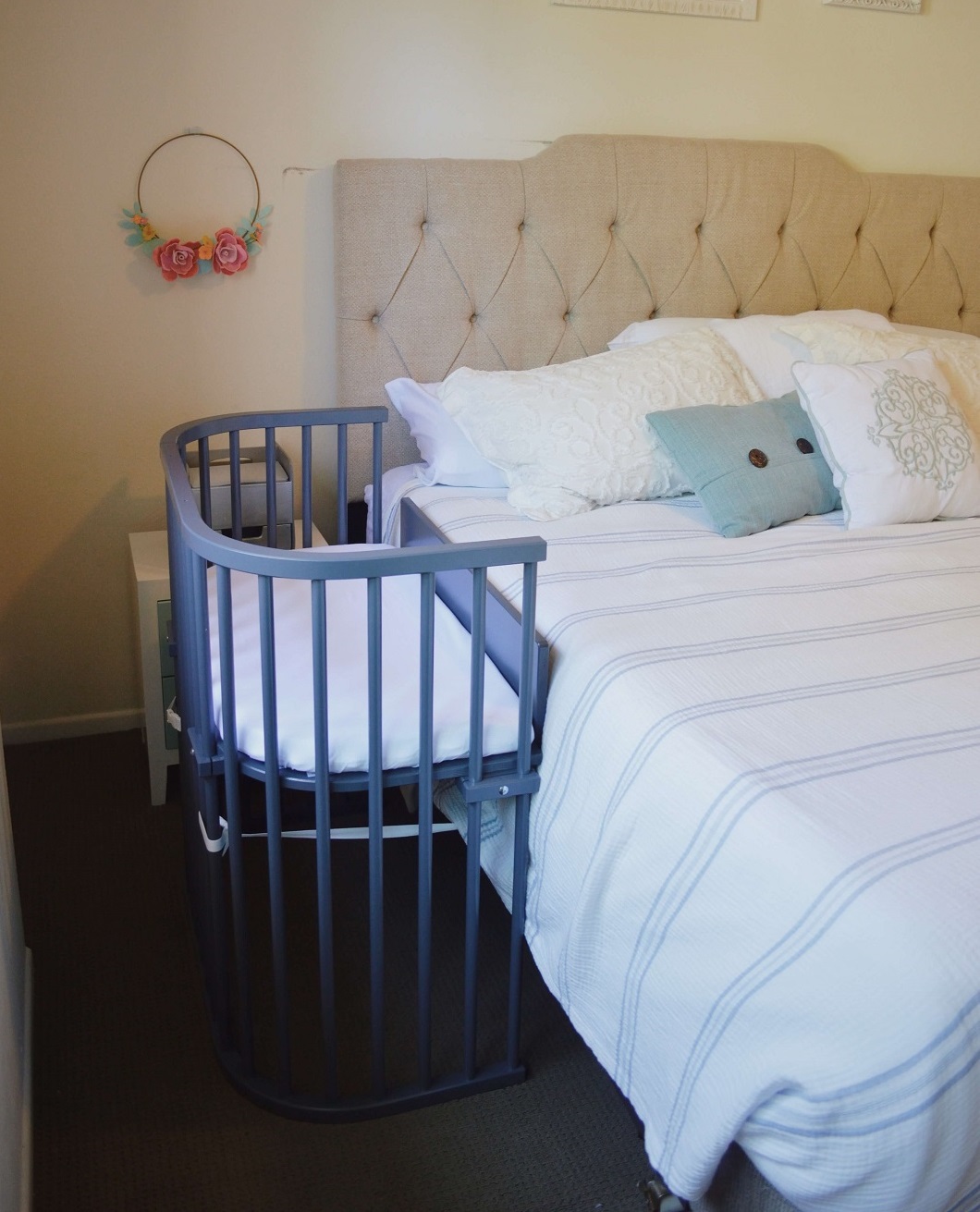
When Is It Safe to Co-Sleep with My Baby?
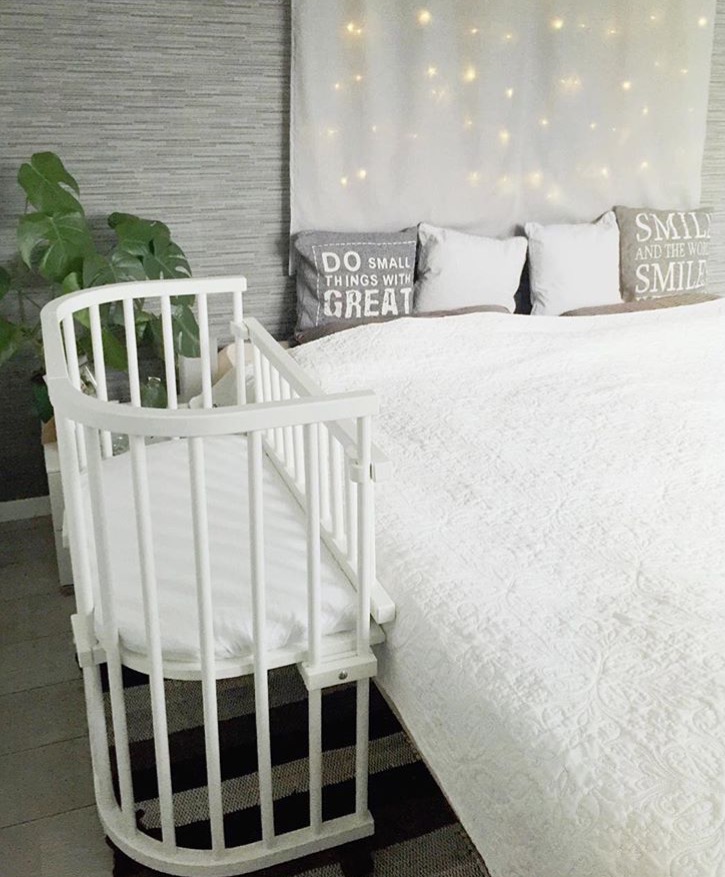
How to Easily Transition Your Baby from Co-Sleeping to Crib

A Guide for Sleep Deprived Parents: How to Get Sleep with a Newborn
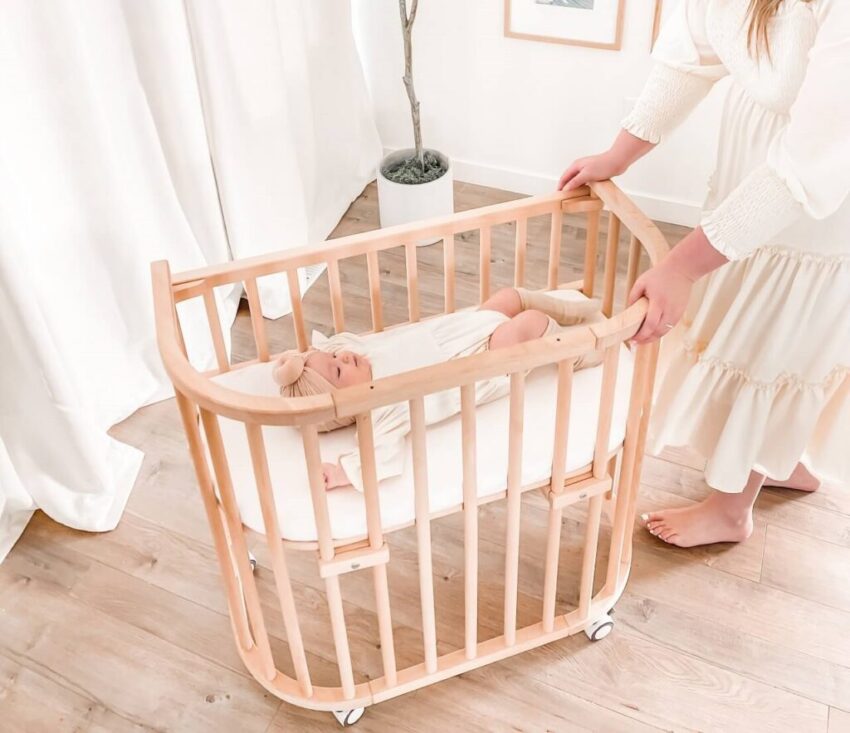
How to Make Your Bedside Crib Mobile
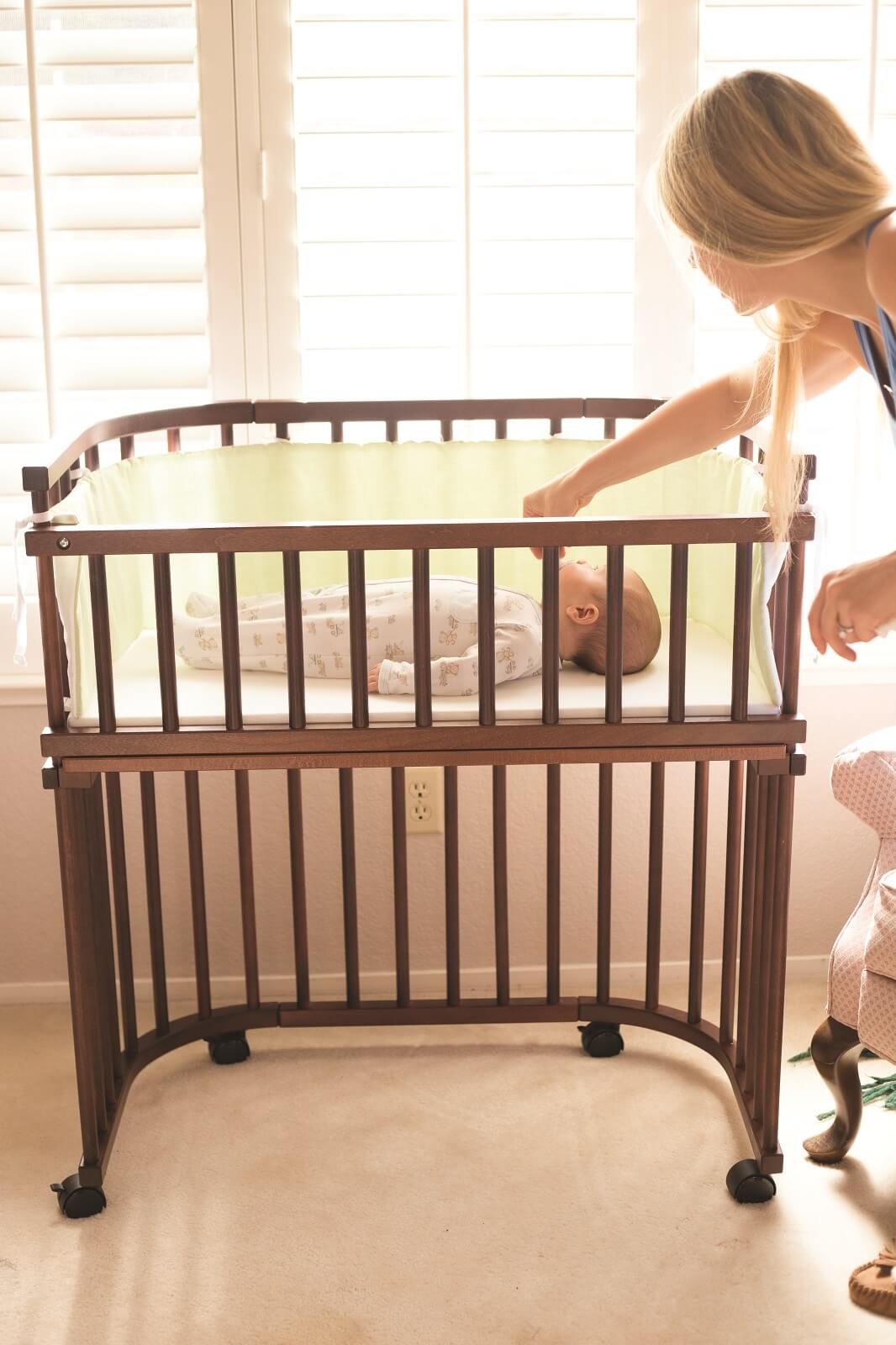
How to Break Co Sleeping and Move Baby Into a Room of Their Own
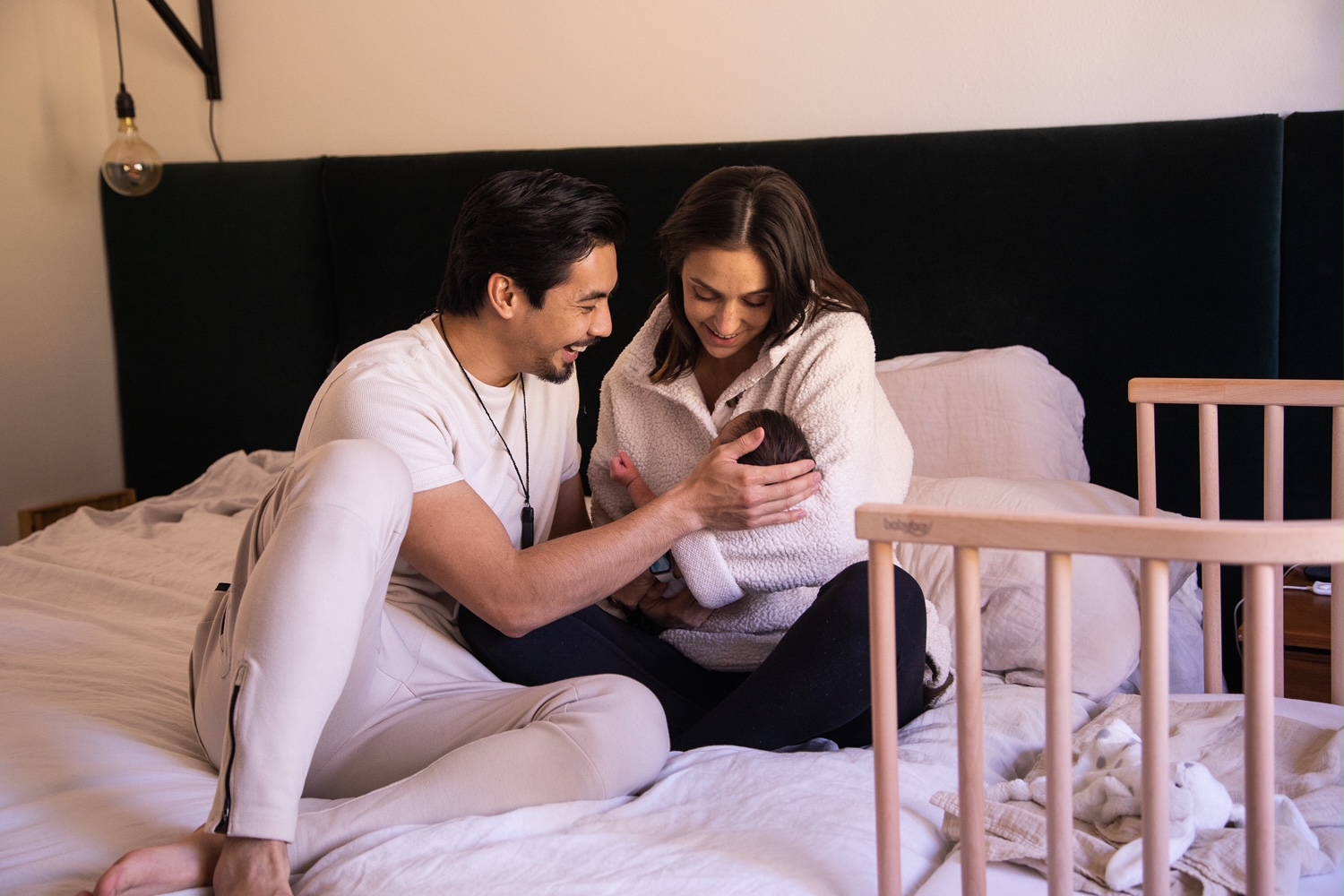
What Does Co Sleeping Mean (and How Do You Safely Practice It)?
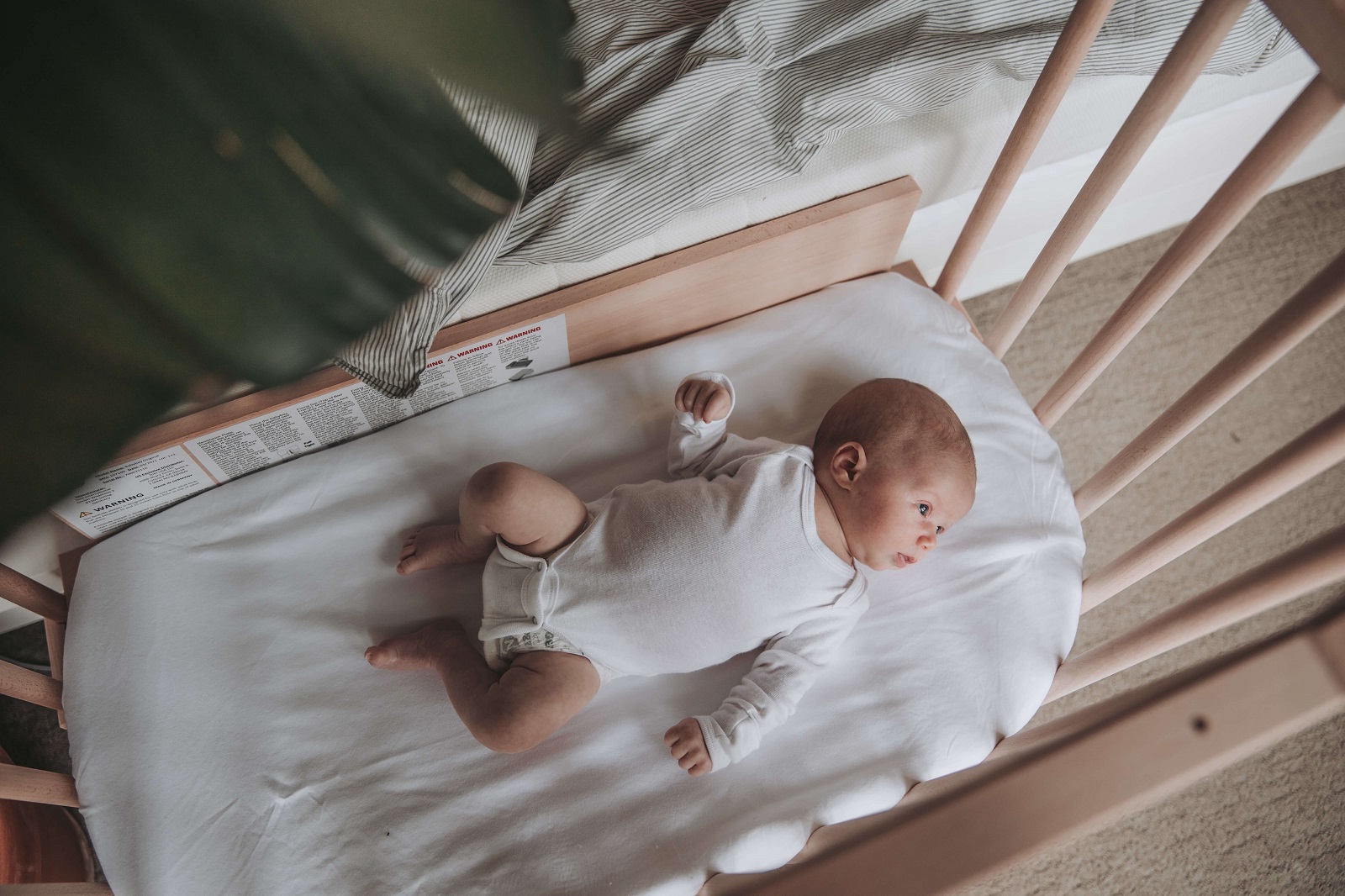
Why is Co Sleeping Bad for Newborns? (Hint: It’s Not!)
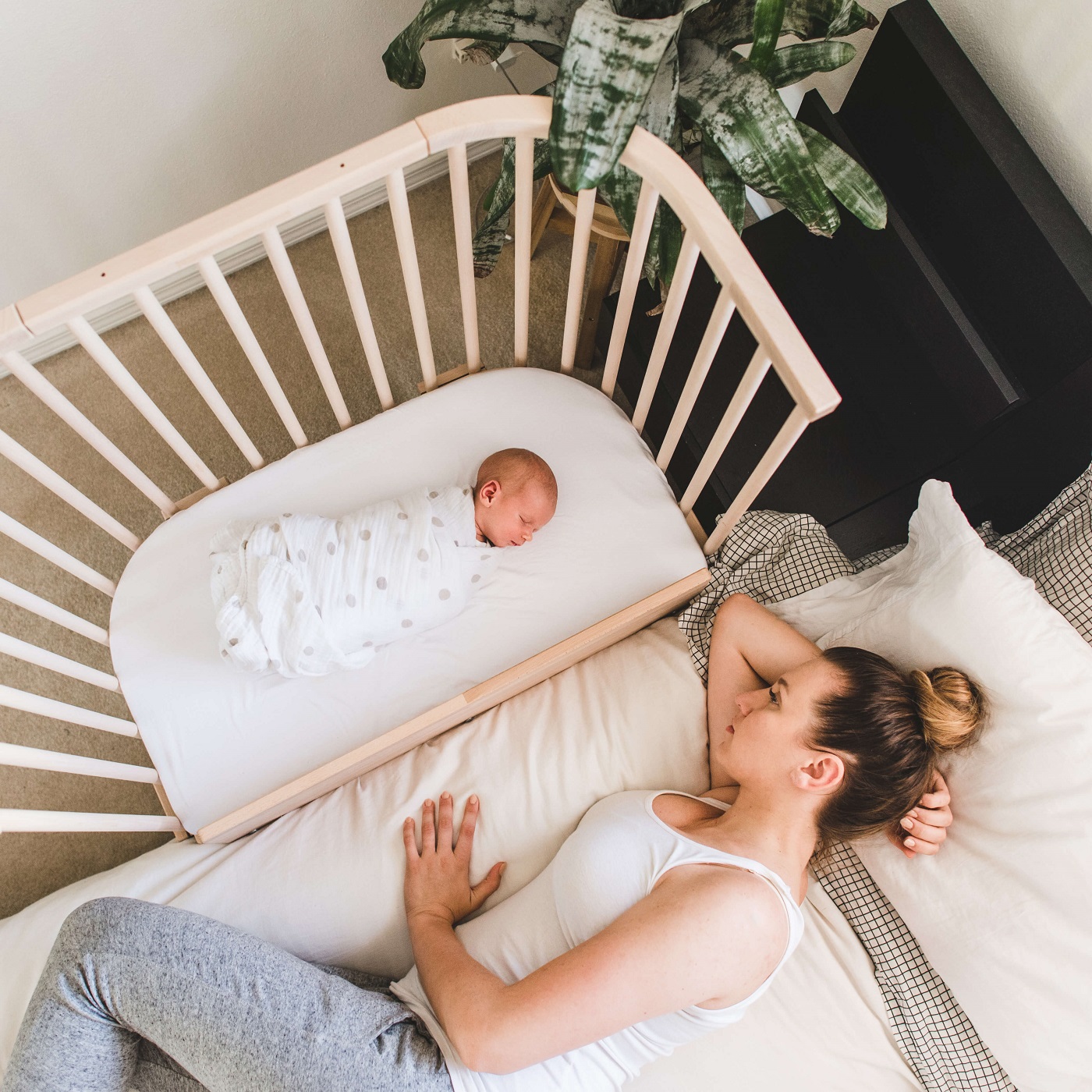
When Is Co Sleeping Safe for My Baby?
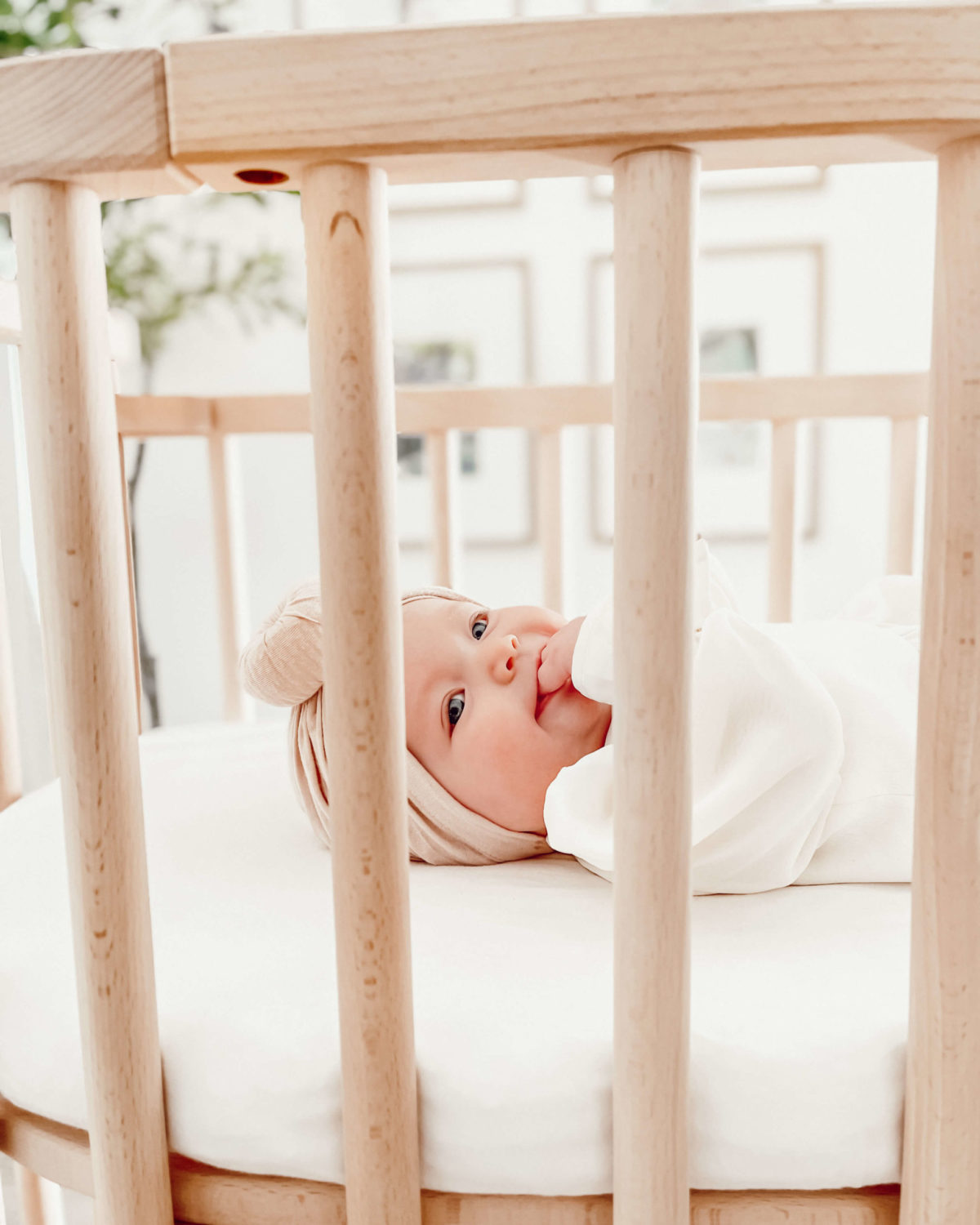
This Is the Secret Behind How to Transition from Co-Sleeping to Crib
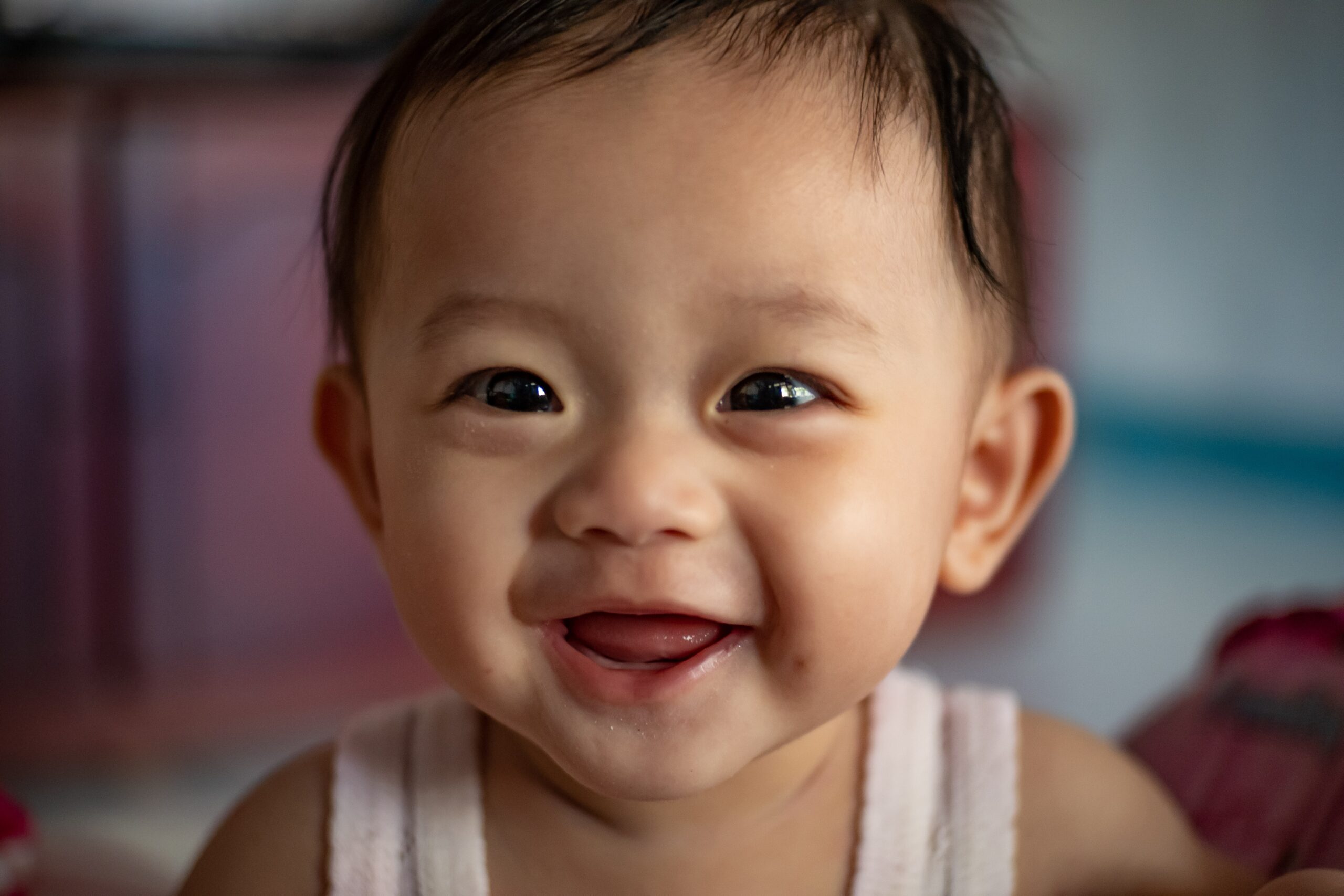
How to Safely Co-Sleep With Your Newborn in the Perfect Bedroom Setup

How to Co-Sleep with an Infant Safely Using a Bedside Sleeper
